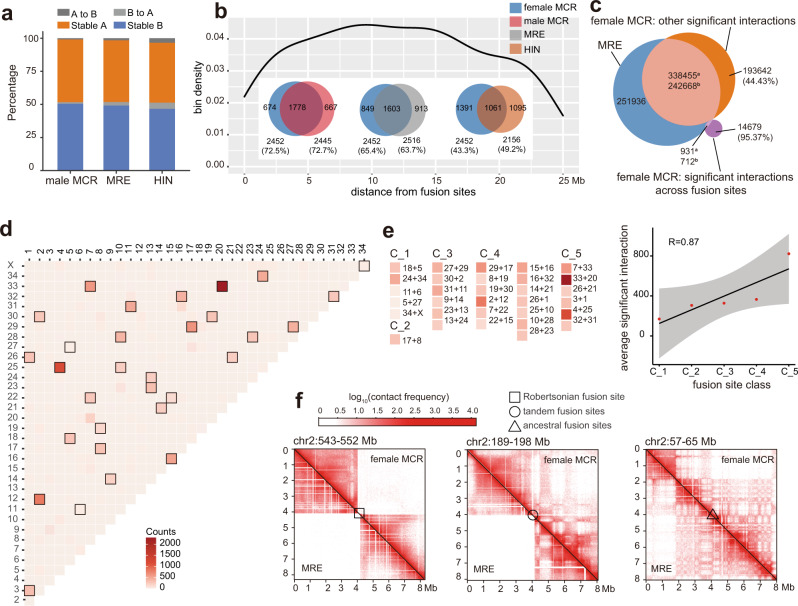Fig. 2. Evolution of 3D chromatin architectures along with chromosome fusion in muntjacs.
a Comparison of compartment A/B between female M. crinifrons and other three genomes. “A to B” means the homologous bins are compartment A in female M. crinifrons but compartment B in other genome. “B to A” is the opposite. “stable A” or “stable B” indicates the homologous bins in all genomes have the same compartment type. “Other” represents bins without exact compartment type. MCR, M. crinifrons; MRE, M. reevesi; HIN, H. inermis. b Comparison of TADs. Venn diagrams show the number and proportion of conserved or specific TADs in female M. crinifrons compared with other three genomes. Density map shows density distribution of M. crinifrons-specific TAD bins along fusion sites. c Number of shared and specific significant interactions between M. reevesi and female M. crinifrons. Superscript “a” indicates significant interactions of M. reevesi shared by female M. crinifrons and superscript “b” indicates significant interactions of female M. crinifrons shared by M. reevesi. In parentheses are the percentage of significant interaction specific to female M. crinifrons. d Heatmap of number of significant interaction across fusion sites in female M. crinifrons. The horizontal and vertical coordinates are ancestral chromosomes represented by chromosome coeds of H. inermis, on which the significant interaction anchored their two ends. The ancestral chromosome pairs adjacently fused in female M. crinifrons are framed by black boxes. e Number of significant interactions just across one fusion site extracted from Fig. 2d. and displayed according to ages of fusion site (C_1~C_5). The average number of significant interactions were fitted linearly with the age stage of fusion site using Pearson method. f Combined heatmaps of contact matrix around the fusion sites of female M. crinifrons (upper right) and their homologous regions in M. reevesi (lower left) at 20 kb resolution. Hollow shapes mark the locations of fusion sites. Different geometries represent different fusion site types. The “ancestral fusion sites” are the oldest tandem fusion sites. The “tandem fusion sites” represent the rest tandem fusion sites. The “Robertsonian fusion sites” refers to the youngest fusion sites raised by Robertsonian fusion.

